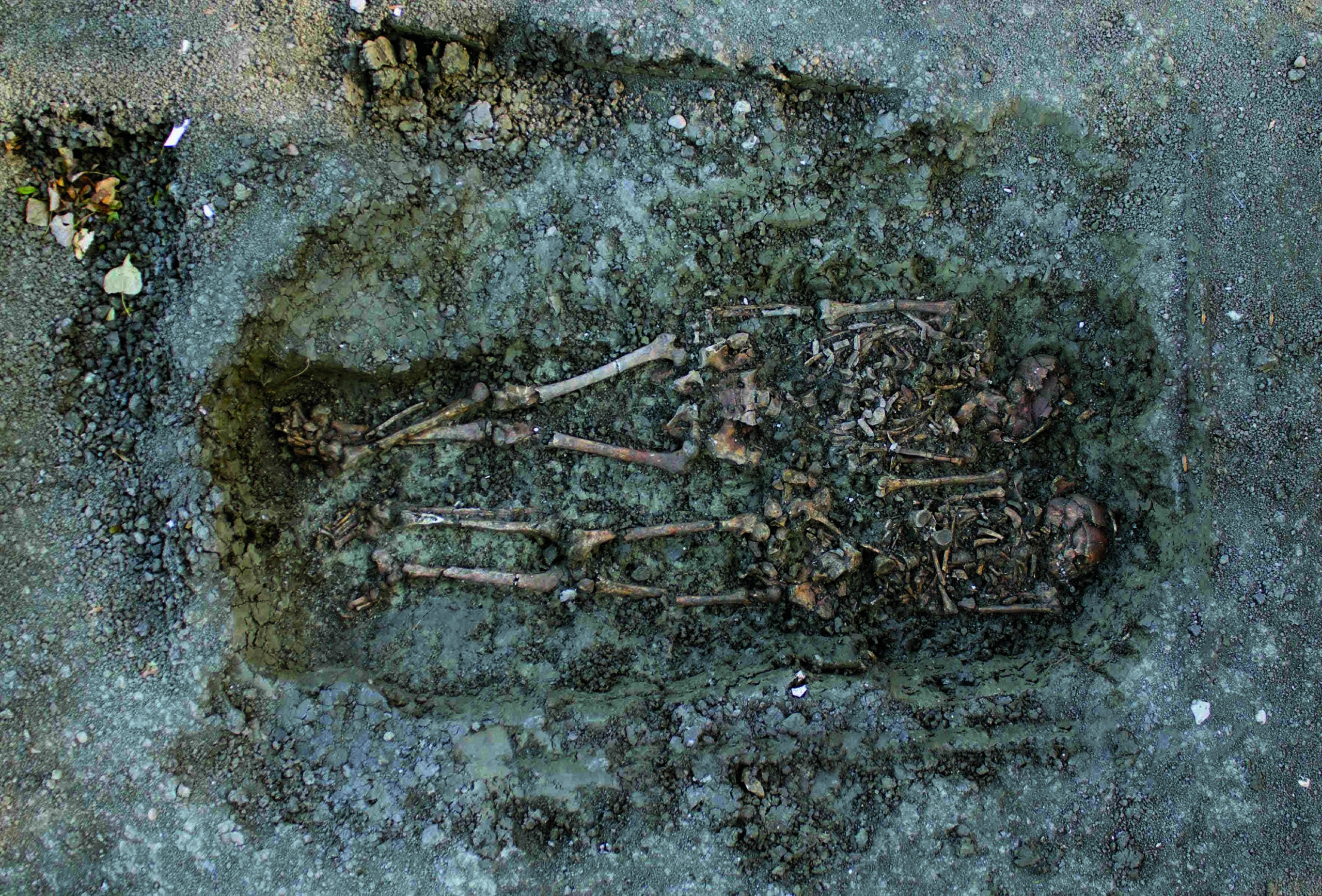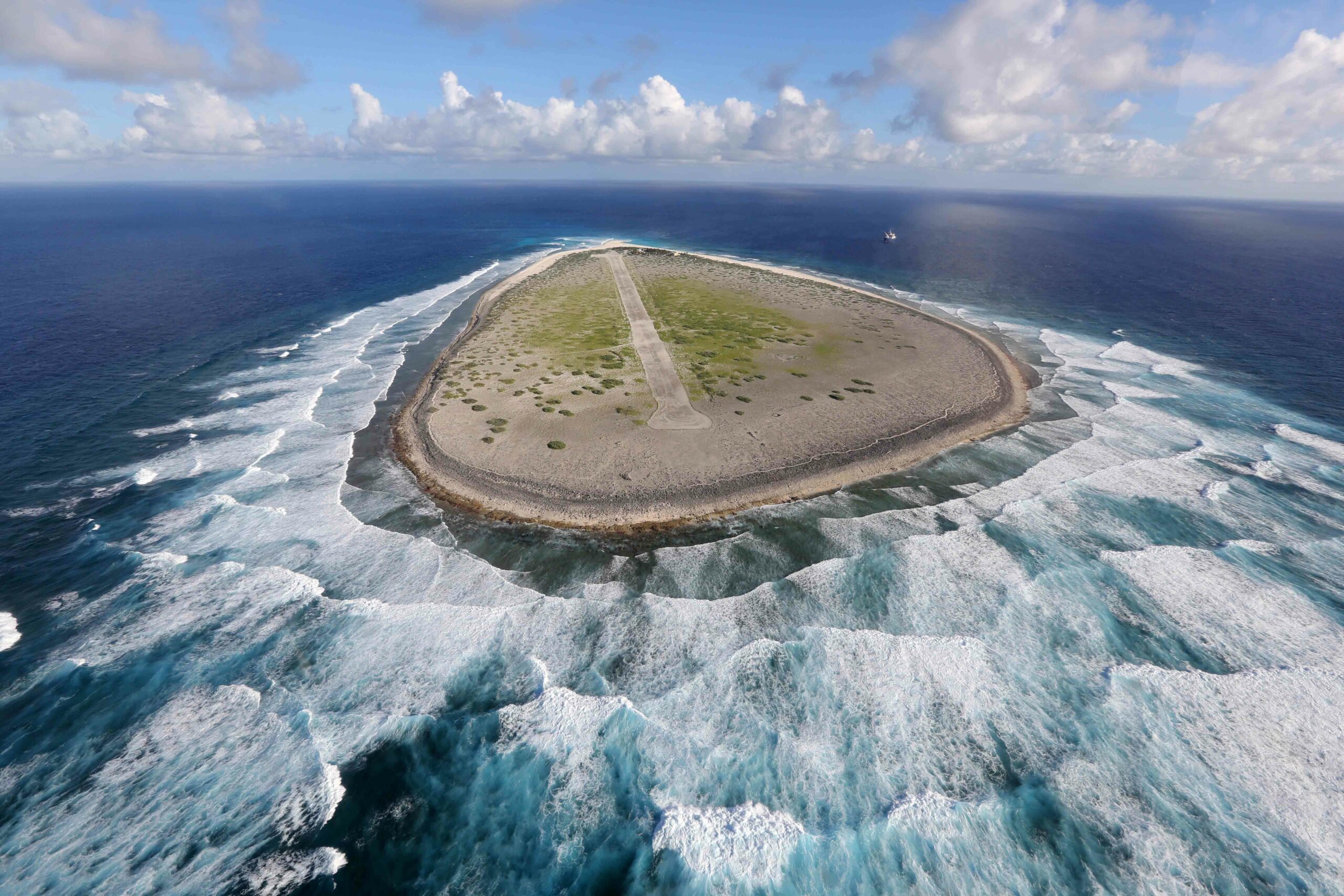
OSLO, NORWAY—Evidence for contact between Polynesians from Easter Island and South Americans sometime before 1500 A.D. has been found in the genomes of 27 living Rapa Nui islanders, according to a report in Science. European and Native American DNA patterns were found in the modern Rapa Nui genomes. The Native American DNA patterns accounted for about eight percent of the Rapa Nui genomes, and they were broken up and scattered, suggesting that genetic recombination had been at work on the material for some time. The relatively intact sections of European genetic patterns were unevenly spread among the population. This suggests that European genes were introduced relatively recently, perhaps when explorers settled on the island in the nineteenth century. “Our studies strongly suggest that Native Americans most probably arrived [on Rapa Nui] shortly after the Polynesians,” said Erik Thorsby of the University of Oslo. But other scientists think that Pacific currents make it more likely that Polynesians sailed to South America, where they obtained sweet potatoes, chickens, and South American women before they returned home. For more on possible contacts between Polynesia and South America, see "Polynesian Chickens in Chile."










